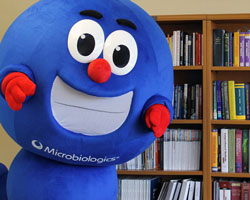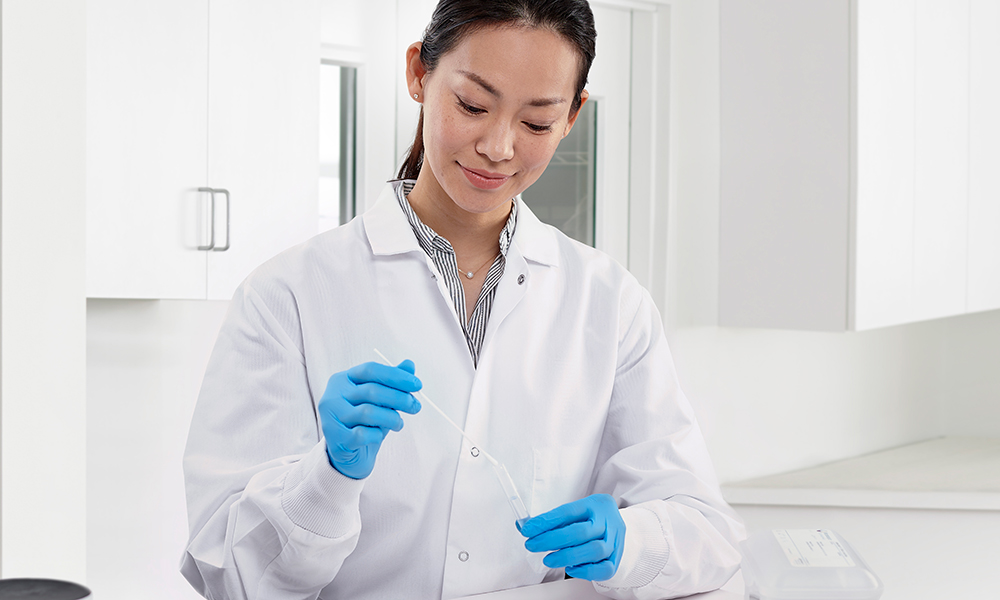Dear Stanley,
I’m completely confused about the terms “assayed” and “unassayed” in relation to controls for molecular diagnostic instruments. Does “unassayed” mean the manufacturer of the control hasn’t tested the products? Can you shed some light on what these terms mean?
Sincerely,
Cheryl from Red Wing, MN
Dear Cheryl,
These terms can be confusing, and I can understand your alarm when you hear “unassayed.” I’m happy to explain the difference between “assayed” and “unassayed” in relation to molecular diagnostic instrument controls, and hopefully put your mind at ease.
Assayed
“Assayed” controls have been assigned specific values by the manufacturer of the control. The values determined by the manufacturer can be specific units to measure accuracy and precision, or the expected QC response with a specific assay. These values give the controls an intended use which means “assayed” controls must obtain U.S. Food and Drug Administration (FDA) 510(k) clearance.
The 510(k) clearance process is rigorous and requires many variables to be tested to ensure the assigned values hold true. For example, an “assayed” control for the BD MAX™ Enteric Parasite Panel has been validated to ensure it produces the expected QC responses for that panel. The assigned value is its expected QC response.
It’s important to note that in the United States manufacturers cannot label a control with a diagnostic instrument name or claim the control produces an expected QC response for an instrument unless the control has obtained FDA 510(k) clearance. Controls that have 510(k) clearance are considered Class II medical devices by the FDA and should include the in vitro diagnostic symbol (IVD) on their labels, not “Research Use Only.”
Unassayed
“Unassayed” controls do not have specific values assigned to them by the manufacturer. They are broad-spectrum controls that allow the end user of the material to determine the expected QC results. Typically, they can be used with a wide variety of assays, instruments and tests. “Unassayed” controls have been rigorously tested by the manufacturer, but do not require FDA 510(k) clearance.
“Unassayed” controls used for quality control in clinical laboratories are required to be listed with the FDA as Class I medical devices. As with “assayed” products, these controls should include the IVD symbol on their labels. Read our Research Use Only or IVD: What’s Right for Your Lab post to learn more.
I hope this information helps to clear the fog around molecular diagnostic instrument controls. If you have further questions about “assayed” and “unassayed” controls, please reach out to our Technical Support team at techsupport@microbioloigcs.com.
Sincerely,
Stanley
Stanley Staphylo coccus is a Master Micro-Technologist at Microbiologics, where he is responsible for helping customers understand why microorganisms behave the way they do. You could say he’s somewhat of a psychologist. Microbiologics has been lucky to have Stanley, a graduate of Gram-Positive Cocci University, as a member of their renowned Technical Support Team for over 20 years. Stanley says his favorite type of people are microbiologists and he enjoys traveling far and wide to meet them. Amazingly, Stanley has been on every continent – even Antarctica!
coccus is a Master Micro-Technologist at Microbiologics, where he is responsible for helping customers understand why microorganisms behave the way they do. You could say he’s somewhat of a psychologist. Microbiologics has been lucky to have Stanley, a graduate of Gram-Positive Cocci University, as a member of their renowned Technical Support Team for over 20 years. Stanley says his favorite type of people are microbiologists and he enjoys traveling far and wide to meet them. Amazingly, Stanley has been on every continent – even Antarctica!
How to submit inquiries: There are two ways to get Stanley’s help. You can email your questions to stanley@microbiologics.com or you can simply submit an inquiry from our Dear Stanley page. For urgent issues, please contact our Technical Support Team at techsupport@microbiolgics.com or 1.320.229.7045.
References
https://www.labce.com/spg113764_assayed_and_unassayed_controls.aspx
Read Next: Clinical Case File – Group A Streptococcus






0 Comments
Trackbacks/Pingbacks